This month I spent a majority of my time abroad traveling through Paris, around China, and overnight in Utrecht. Although I had been to all of these places before and am familiar with each of their cultural treasures, this time was different. This time, I was wandering these foreign streets as a Detroit resident and Challenge Detroit fellow.
More aware of topics related to population dynamics, mobility, and place making, I took in my surroundings with a heightened sense of purpose. I thought, how might this example or experience inform transformations in Detroit?
Here are a few inspirations from my trip:
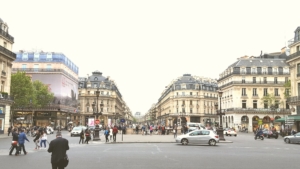
Made for cars, Detroit has a lot of major intersections. To make them more pedestrian and neighborhood friendly, why not fashion them into a kind of public square? Campus Martius, but in the neighborhoods.
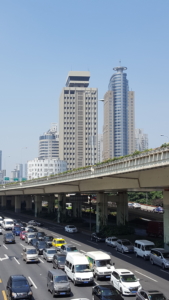
A lot of traffic runs along highways throughout the cities in China. To both beautify and combat pollution, many of these highways are lined with garden boxes filled with perennial plants of all types. Could we not also improve our concrete jungle in a similar way?
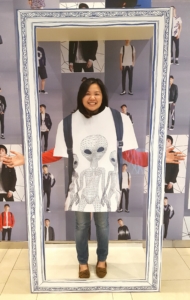
These lifesize cutouts showoff a fashion designer’s collection. Could we create an interactive space for Detroit designers to display their talents more publically?
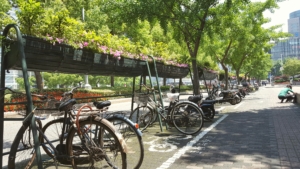
Bike racks meet planter boxes = green transportation holders and green space contributors. At their height, they are an effective barrier. In their location, they demarcate the edges of the park.
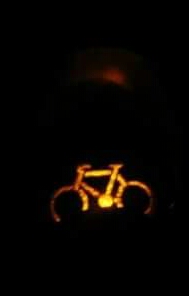
In a nation of cyclists, cars and bikes share many of the same roads. Traffic lights have been modified to include both modes of transportation. How might Detroit’s roads be more inclusive of the growing cyclist population?
